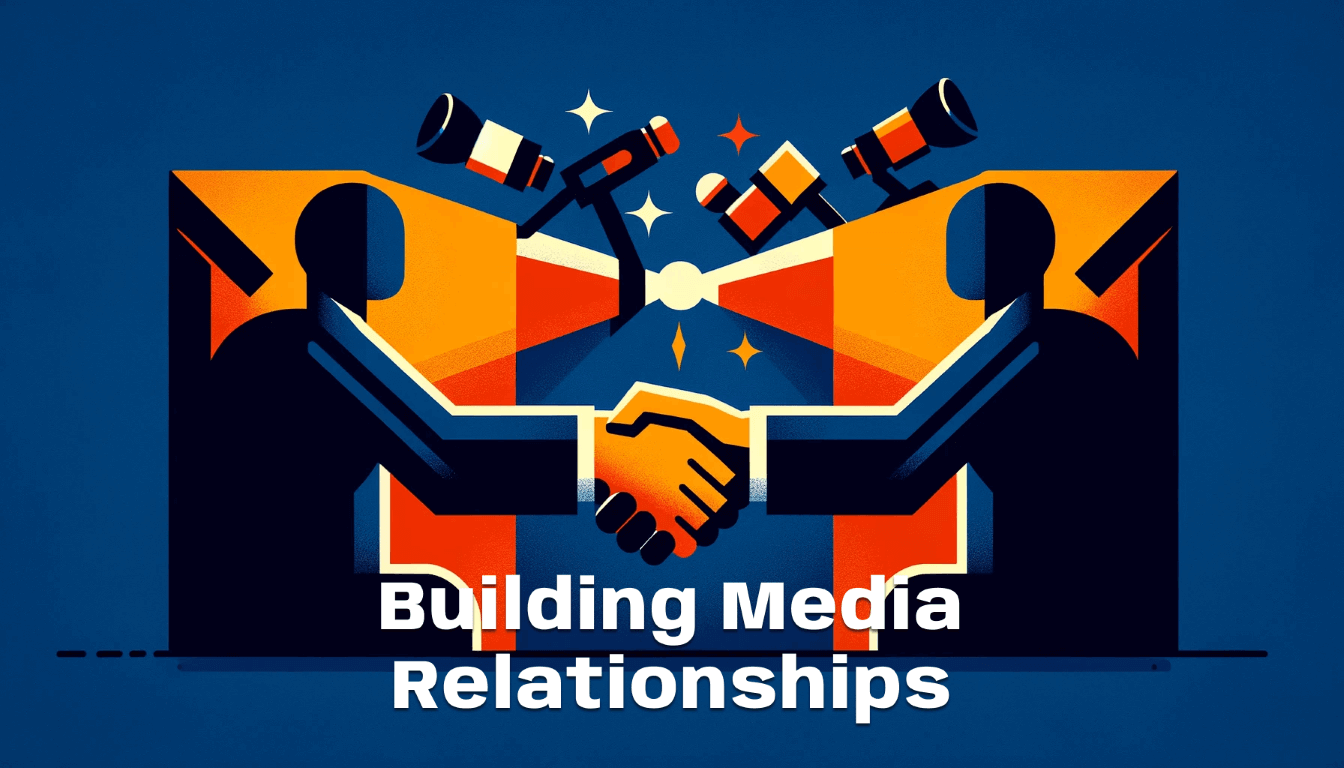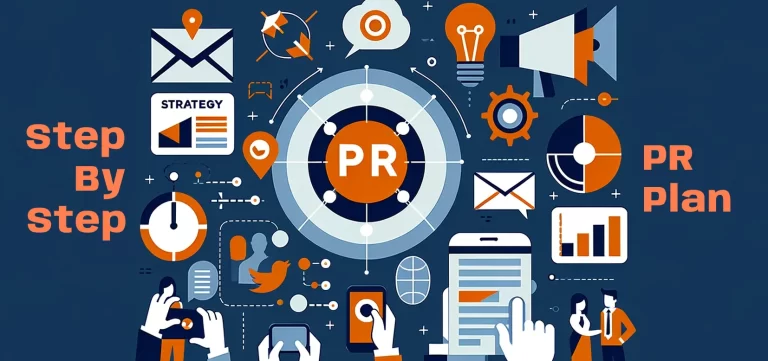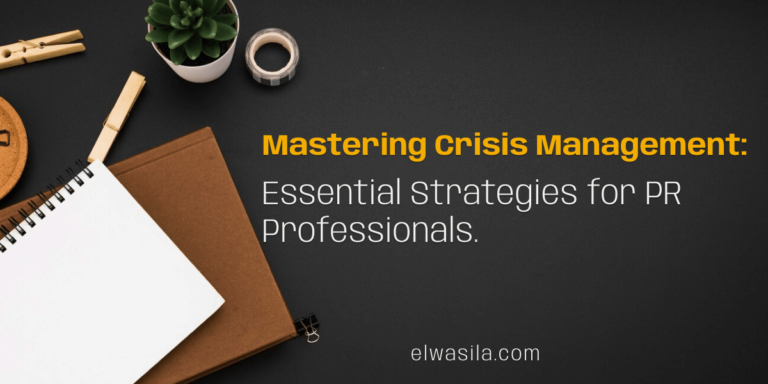In the high-stakes world of Public Relations, the phrase “It’s not what you know, but who you know” takes on a whole new meaning. Imagine trying to share your brand’s story, but no one’s there to listen.
In the ever-evolving landscape of media, catching the attention of the right people is not just about sending out press releases; it’s about building bridges.
This is where mastering the art of building media relationships comes into play, a skill that can turn the tide in your PR endeavors.
By the end of this post, you’ll have a clearer understanding of how to forge these essential connections, turning every ‘send’ button into an opportunity for success.
Research and Target the Right Media Outlets:
Successful media relationships start with identifying outlets that align with your brand and audience. Understanding where your audience spends their time, be it industry-specific publications or mainstream media, and targeting these platforms is crucial for capturing their attention.
Understand Journalists’ Needs and Interests:
Building strong relationships requires understanding journalists’ areas of expertise and interests. Researching journalists and aligning your pitches with their coverage areas increases the likelihood of your story being picked up.
Personalize Your Outreach:
Generic emails won’t cut it. Personalizing your outreach by referring to journalists’ previous work and showing how your story aligns with their interests is key. Also, ensure you use the correct name of the person you’re addressing.
Provide Value and Quality Content:
In a world where journalists are inundated with pitches, standing out is crucial. This involves crafting compelling, newsworthy stories and providing exclusive insights or data that make your pitches more appealing.
Cultivate Long-Term Relationships:
Media relationships are not a one-off effort but require ongoing engagement. Maintaining regular communication, sharing journalists’ articles, and offering assistance even without immediate benefit helps in building long-term connections.
Show Appreciation and Follow-Up:
Expressing gratitude for coverage and following up strengthens media relationships. Personalized thank-you notes and public acknowledgments of journalists’ work show appreciation and foster goodwill.
Utilize Op-Ed Columns Effectively:
Op-Ed columns, read by influencers and decision-makers, require polished writing and adherence to specific style guidelines. They offer an opportunity to advocate for a particular position and provide a rationale, enhancing your organization’s message.
Pitch to Email Newsletter Writers:
As newsletters gain prominence, pitching to newsletter writers is increasingly important. Focus on offering new angles and insights on current news, aligning your pitches with the newsletter’s format and content style.
Conclusion
In the intricate dance of public relations, the ability to build and maintain media relationships is not just a skill but an art form that shapes the success of your PR efforts.
These strategies are your stepping stones to turning media contacts into valuable allies. Media relationships are more than just a means to an end; they are the lifeblood of effective PR. Each interaction is a chance to tell your story, to share your vision, and to engage with those who help amplify your message.
As you continue to apply these strategies, you’ll not only see a transformation in your media interactions but also in the way your brand is perceived and received by the public. Go forth and build those bridges, for they lead to the heights of PR success.







